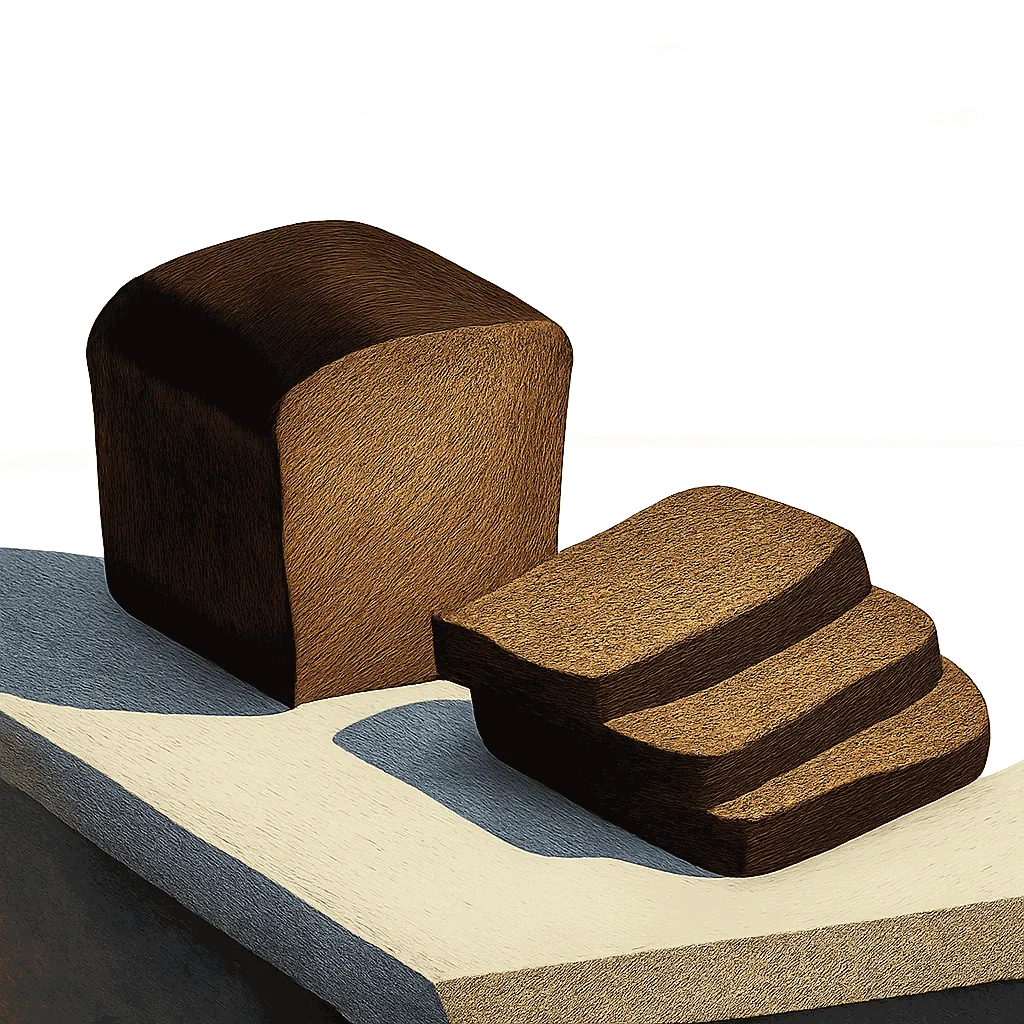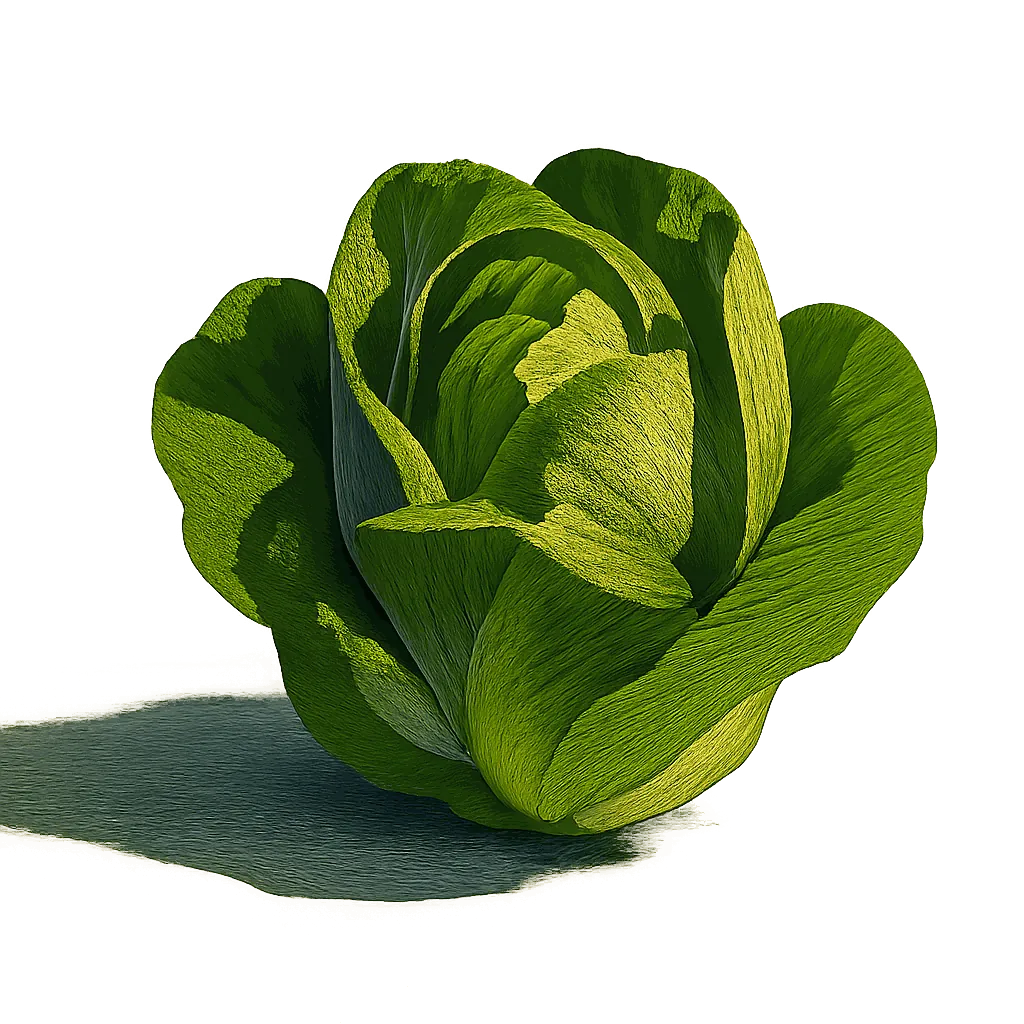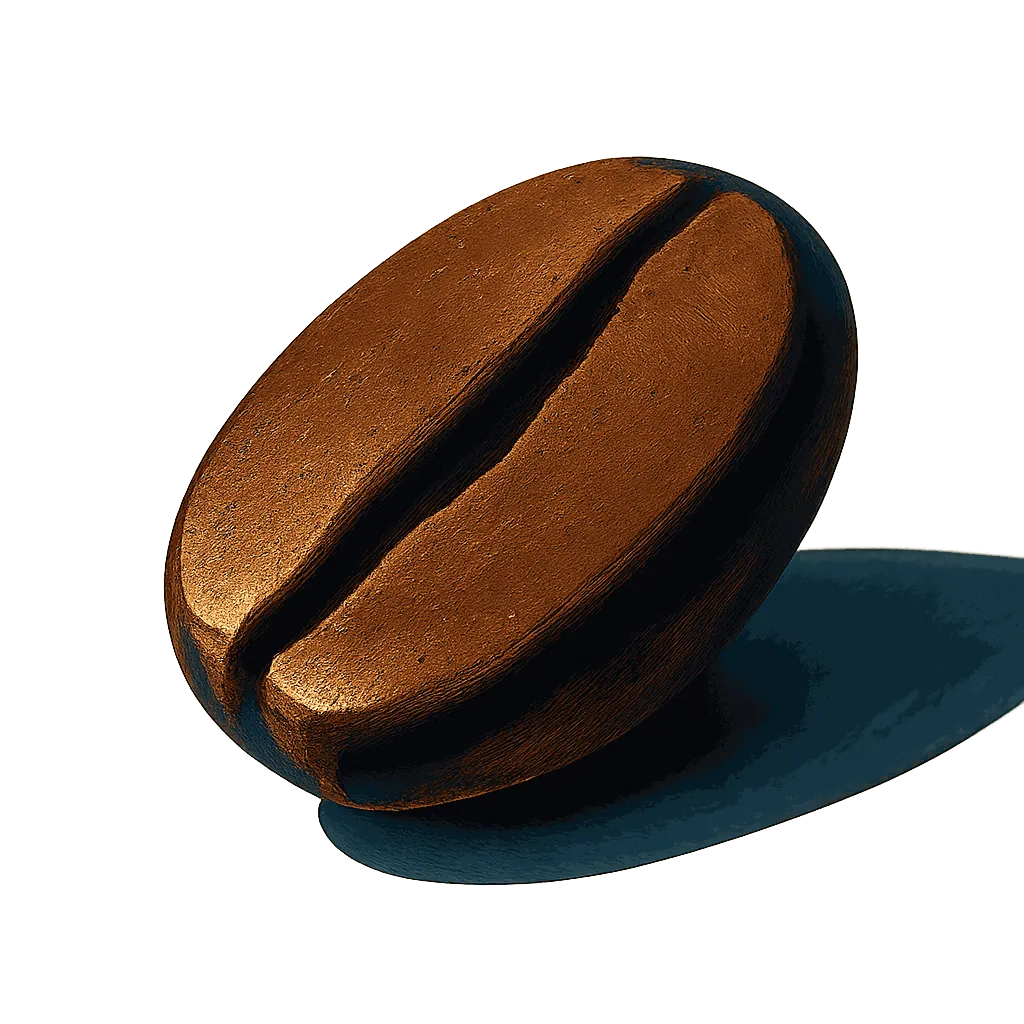Perfect Pairings & Recipes for
Rosé Champagne

Top flavour pairings and rosé champagne recipes, revealed through the hidden methmatics of flavour.
Rosé champagne immediately conjures the evocative embrace of raspberry and the kiss of rose, yet its initial sweetness is only the opening gambit. Beneath lies a sophisticated tapestry of subtle lychee, cherry, and the juicy aroma of plum, giving it remarkable depth. The key to finding the perfect pairing for rosé champagne is understanding how these notes harmonise.
To chart these harmonies, we analysed thousands of ingredients, each deconstructed across 150 distinct flavour dimensions, pinpointing the notes that best complement this ingredient’s profile. Our analysis reveals, for example, how vanilla bean's vanillin tones awaken rosé champagne, and how nutmeg's resinous notes create a surprising synergy with its bright sweetness.
Flavour Profile Of Rosé Champagne Across 150 Dimensions Of Flavour
Flavour wheel chart showing the dominant flavour notes of Rosé champagne: Raspberry, Rose, Plum, Lychee, Cherry, Yeasty, Violet, Toasted, Burnt, Blossom, Raisin, Coconut, Blackberry, Hibiscus, Seedy, Flint, Pineapple, Tea-Like, Graphite, Pear, Butyric, Buttery, Peach, Grapefruit, Jasmine, Elderflower, Cedar, Limestone, Hay, Coriander seed, Passionfruit, Banana, Oaky
An ingredient's flavour stems from its core characteristics, such as floral, acidic, or nectarous, combined with layers of subtle flavour notes (outer bars). For a balanced dish, pair ingredients with a variety of core flavours, and choose complementary aroma notes for harmony.
The Art of Flavour Pairing
To understand exactly which flavours harmonise, we compiled a database of over 50,000 ingredient pairings commonly used in cooking. We then analysed these pairings, identifying the specific flavour notes that frequently appear together.
The Flavours That Harmonise With Raspberry Notes
Strength of Association Between Flavours
The flavours most associated with raspberry notes are: Bovine, Rosemary, Copper, Resin, Ovine, Glutamic, Musky, Bay leaf, Pine, Ferrous, Pimenta, Proteolytic, Peppercorn, Camphor, Dried Porcini.
Our analysis reveals a strong connection between raspberry and resin flavours. Since rosé champagne has a distinct berry-like flavour, try pairing it with the resinous flavours of nutmeg.
The recipe below provides inspiration for pairing rosé champagne with nutmeg.
Harmonious Flavours Of Rosé Champagne
Just as our statistical analysis showed that raspberry and beefy flavours harmonise, we can identify the full profile of flavours that harmonise with each of the flavour notes present in rosé champagne. For instance, the rose flavours of rosé champagne are strongly associated with vanillic and almond accents.
The aromas complementing the various aroma notes of rosé champagne can be seen highlighted in the pink bars below.
Flavour Profile Of Rosé Champagne And Its Complementary Flavour Notes
Flavour wheel chart showing the dominant flavour notes of Rosé champagne: Raspberry, Rose, Plum, Lychee, Cherry, Yeasty, Violet, Toasted, Burnt, Blossom, Raisin, Coconut, Blackberry, Hibiscus, Seedy, Flint, Pineapple, Tea-Like, Graphite, Pear, Butyric, Buttery, Peach, Grapefruit, Jasmine, Elderflower, Cedar, Limestone, Hay, Coriander seed, Passionfruit, Banana, Oaky
Matching Flavour Profiles
The flavour profile of vanilla bean offers many of the aroma notes complementary to rosé champagne, including vanilla and bay leaf aroma notes. Because the flavour profile of vanilla bean has many of the of the features that are complementary to rosé champagne, they are likely to pair very well together.
Prominent Flavour Notes Of Vanilla Bean Are Represented By Longer Bars
Flavour wheel chart showing the dominant flavour notes of Vanilla bean: Vanillic, Hay, Burnt, Allspice, Coconut, Oaky, Bay leaf, Resinous, Balsam, Maple, Raisin, Caramel, Elderflower, Safranal, Violet, Chamomile, Thyme, Sage, Rosemary, Anise, Ginger, Walnut, Seedy, Sesame, Pine, Cedar, Peaty, Mouldy, Clove, Hickory, Milky, Molasses, Maltol, Blossom, Cocoa, Buttery, Sugary, Honeyed
The chart above shows the unique profile of vanilla bean across 150 dimensions of flavour, while the recipes below offer inspiration for bringing these flavours together with rosé champagne.
Linked Flavour Notes
Looking at the aroma accents that are most strongly associated with the various flavours of rosé champagne, we can identify other ingredients that are likely to pair well.
Rosé Champagne's Harmonious Flavours And Complementary Ingredients
Rosé champagne's Strongest Flavours
Complementary Flavours
Ingredients with Complementary Flavours
Flavour groups:
Nectarous
Acidic
Floral
Herbal
Spice
Vegetal
Maillard
Earthy
Woody
Carnal
The left side of the chart above highlights the aroma notes of rosé champagne, along with the complementary aromas associated with each note. While the right side shows some of the ingredients that share many of the aroma accents complementary to rosé champagne.
Prominent Pairings
Our analysis identifies dishes that pair well with rosé champagne and highlights the prominent ingredient combinations within these recipes. Key pairs include raspberry purée and cinnamon offering fragrant spiciness, raspberry and cardamom for medicinalness, vintage Champagne and icing sugar for saccharine depth, and orange zest and lemon zest for a complex citric undertone. Explore these combinations to unlock rosé champagne's hidden complexity, reveal deep nuance, and elevate its vibrant character.
Ingredient Combinations Among Dishes That Pair With Rosé champagne
Flavour groups:
Sweet
Sour
Botanic
Vegetal
Bitter
Which Fruit Go With Rosé Champagne?
Choose fruit that carry its fruitiness or carry its rich floral aroma. Vanilla bean offers vibrant, clean counterpoints, its verdant freshness lifting the palate. Mandarin zest add a gentle, oniony brightness, while yuzu juice introduces a sophisticated, anise-tinged elegance.
Alternatively, embrace fruit that harmonise with rosé champagne's juiciness. The addition of orange zest, with its subtle citric notes, can complement the peach beautifully. Lemon zest bridges earthiness and citrus zest, while lemon lends a citrusy brightness.
How Flavonomics Works
We've pioneered a unique, data-driven approach to decode the intricate art of flavour pairing. Our goal is to move beyond intuition and uncover the science of why certain ingredients harmonise beautifully. This rigorous methodology allows us to provide you with insightful and reliable pairing recommendations.
Our analysis begins with over 50,000 carefully selected recipes from acclaimed chefs like Galton Blackiston, Marcello Tully, and Pierre Lambinon. This premium dataset ensures our model distils genuine culinary excellence and creativity.
Each ingredient from these recipes is deconstructed across 150 distinct flavour dimensions, creating a unique numerical "flavour fingerprint." This quantification allows us to apply advanced analytical methods to identify complex patterns between flavour notes.
We identify popular ingredient combinations that frequently appear in our recipe database. Regression analysis is then performed on these pairings to statistically validate and pinpoint truly harmonious flavours.
These insights drive our predictive model, which allows us to take any ingredient (e.g., Rosé champagne), analyse its detailed flavour profile, and accurately reveal its complementary flavours and perfect ingredient partners.
Explore More
Discover more ingredient profiles and expand your culinary knowledge. Each ingredient page offers detailed analysis of flavour profiles, pairing insights, and culinary applications.
The content on our analysis blog is semi-automated. All of the words were manually written by a human, but the content is updated dynamically based on the data.


